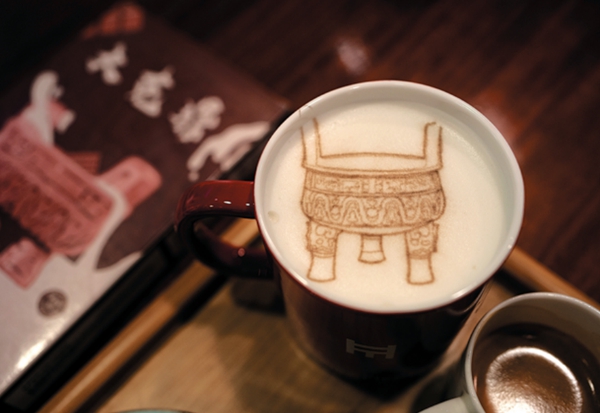

Since its establishment in 1952, the Shanghai Museum has received generous donations from all over the world. Yang says 23.6 percent of the museum's treasured pieces came from public donations.
Ma Jinhong, deputy head of the bronze department at the museum, says the generosity of donors has played an irreplaceable role in the museum's establishment of a bronze civilization collection.
Ding is a bronze vessel unique to China. It is a cauldron usually supported by three legs, or sometimes four or more. These objects were used to store meat for sacrificial ceremonies and were often considered symbols of supreme power and national authority.
Cauldrons with inscriptions are especially valuable because of the historical information in the inscribed text. Three cauldron tripods with inscriptions are believed to be the most treasured Ding pieces in China. They are Dayu, which is now part of the National Museum's collection in Beijing; Dake in Shanghai Museum; and Maogong, or the Duke Mao Tripod, in the Palace Museum in Taiwan.
Dayu and Dake are stars of the ongoing exhibition at the Shanghai Museum.
Dayu Ding dates back to the mid-11th century BC. It is 101.9 centimeters tall, has a diameter of 77.8 centimeters, and weighs 153.5 kilograms. Dake Ding was made in the late 10th century BC and is 93.1 cm high, has a diameter of 75.6 cm and weighs more than 200 kg.
Both were unearthed in Shaanxi province in the late 1800s and were acquired by Pan Zuyin, a high-ranking official, scholar and antique collector.
After Pan passed away, his antique collection of more than 600 bronze objects were shipped from Beijing to his ancestral home in Suzhou, Jiangsu province.